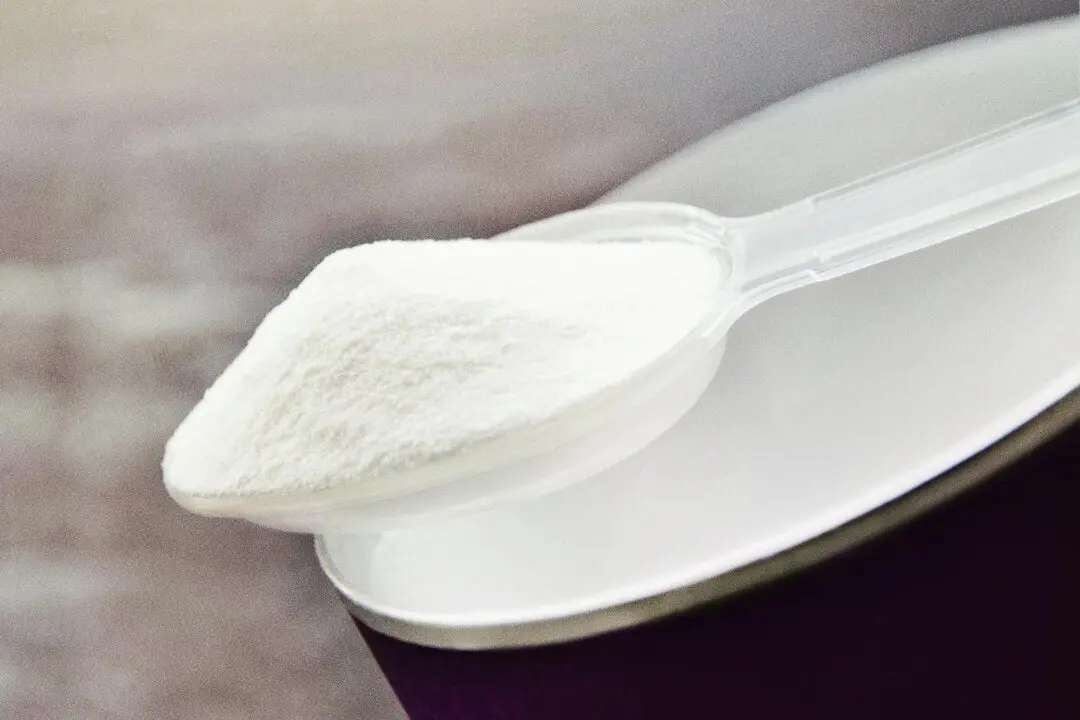Skipping workouts Monday through Friday and working out only on weekends isn’t just practical for those leading busy lives, it also works.
A new study of more than 350,000 adults comparing mortality rates in so-called weekend warriors to regularly active people found no significant differences. The study was published on July 5 in “JAMA Internal Medicine.”






